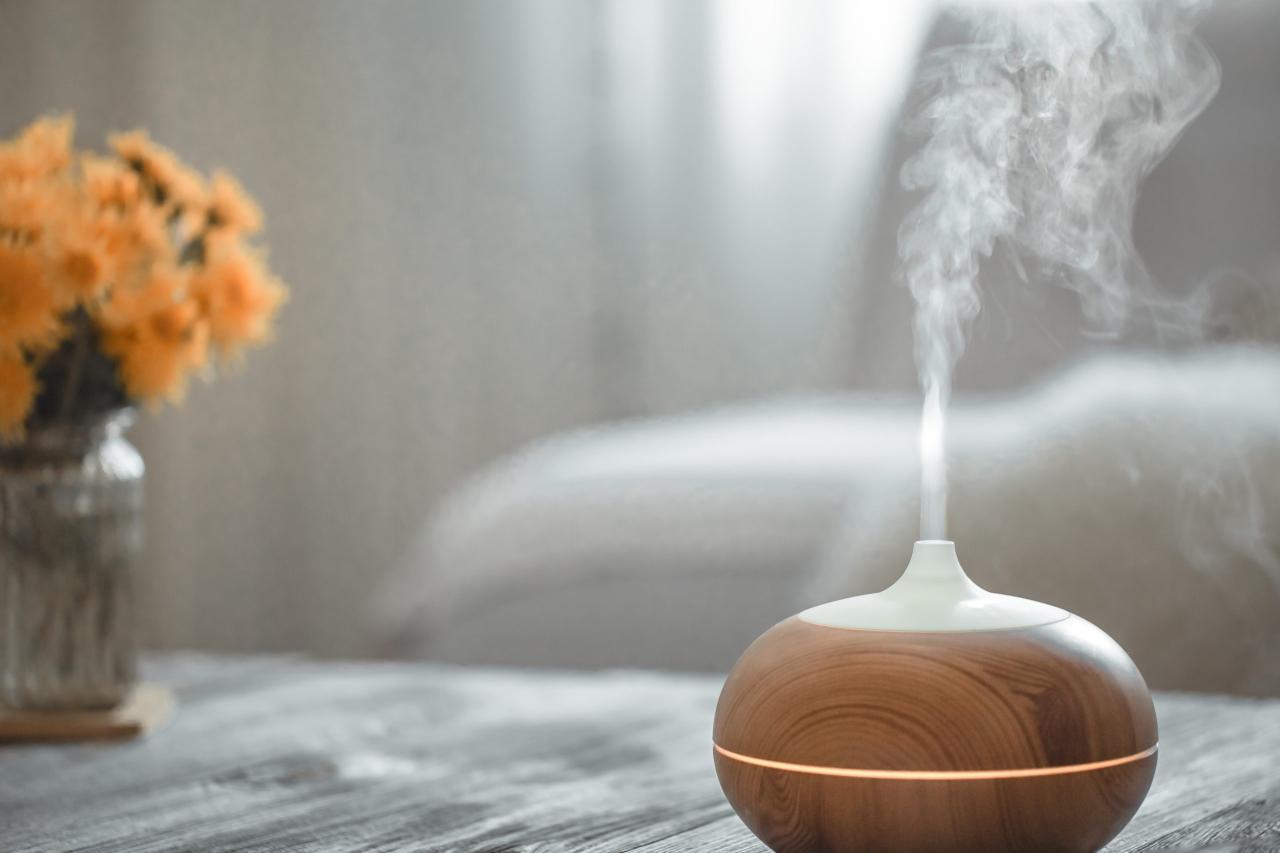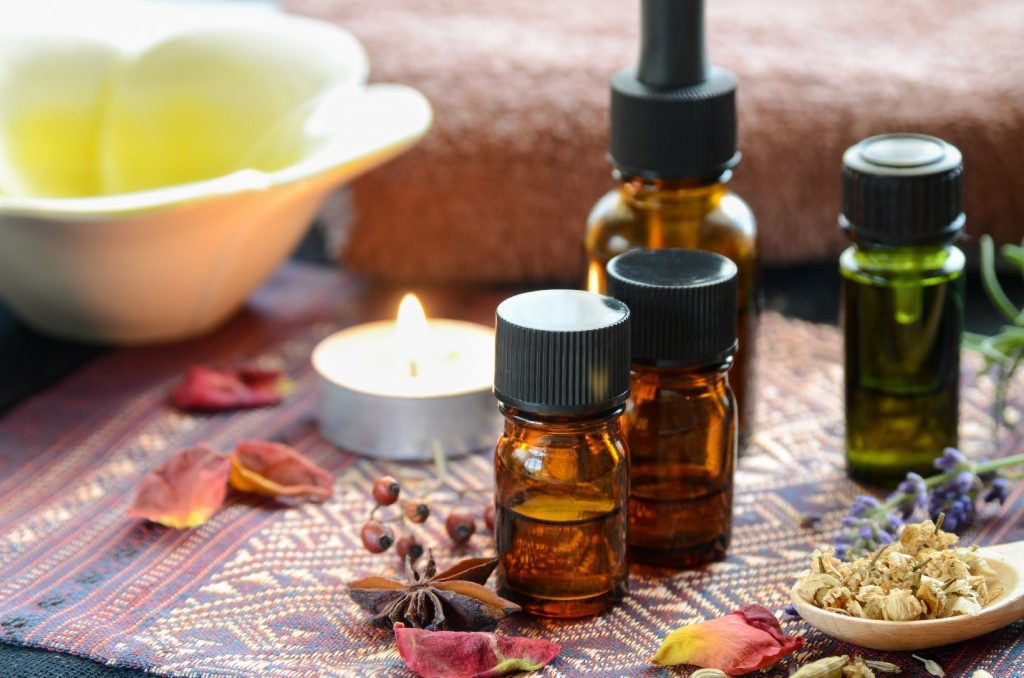Immerse yourself in the captivating world of aromatherapy, where the therapeutic powers of essential oils unfold. Join us as we delve into the intricate tapestry of their safety, unraveling the risks, benefits, and guidelines that empower you to harness their healing potential with confidence.
From inhalation to topical application, we’ll navigate the diverse methods of aromatherapy, unlocking their unique benefits and limitations. Together, we’ll explore the essential oils that hold the key to addressing specific health concerns, empowering you with knowledge and inspiration.
Safety Considerations

Aromatherapy, when used appropriately, can provide numerous benefits. However, it is essential to be aware of potential risks and take necessary precautions to ensure safe usage.
Essential oils are highly concentrated and can cause adverse effects if not handled properly. Some oils, such as tea tree oil and oregano oil, can be toxic if ingested. Others, like peppermint oil and eucalyptus oil, can cause skin irritation or respiratory problems if applied undiluted.
Dilution Ratios and Methods of Application
To ensure safe usage, essential oils should always be diluted before applying them to the skin or using them in a diffuser. The recommended dilution ratio varies depending on the oil and the method of application. For topical use, a 2-5% dilution in a carrier oil, such as jojoba oil or coconut oil, is generally safe.
When using essential oils in a diffuser, a few drops in a large room is sufficient. It is important to avoid over-diffusing, as this can lead to respiratory irritation.
Methods of Aromatherapy
Aromatherapy can be practiced through various methods, each with its unique benefits and limitations. The choice of method depends on the desired outcome and personal preferences.
Inhalation
Inhalation involves breathing in essential oil molecules dispersed in the air. This method is effective for respiratory conditions, mood enhancement, and cognitive stimulation.
- Benefits:Direct delivery to the lungs, rapid absorption, and widespread distribution.
- Limitations:May not be suitable for individuals with respiratory sensitivities or asthma.
- How to use:Diffusers, inhalers, or simply inhaling from the bottle.
Topical Application
Topical application involves applying essential oils diluted in a carrier oil or lotion directly to the skin. This method is beneficial for localized pain relief, skin care, and wound healing.
- Benefits:Targeted delivery, absorption through the skin, and potential for systemic effects.
- Limitations:May cause skin irritation in some individuals.
- How to use:Massage oils, creams, lotions, or baths.
Diffusion
Diffusion disperses essential oil molecules into the air using a diffuser or nebulizer. This method is suitable for creating a relaxing or stimulating atmosphere in a room or for dispersing essential oils over a wider area.
- Benefits:Creates a diffused scent, covers a larger area, and can be used for a variety of purposes.
- Limitations:Less direct and concentrated than inhalation or topical application.
- How to use:Diffusers, nebulizers, or candles with essential oils.
Essential Oils for Specific Conditions
Essential oils have been traditionally used for centuries to alleviate a wide range of health concerns. Modern research has confirmed the therapeutic properties of many essential oils, making them a popular choice for complementary and alternative medicine.
The following essential oils are commonly used to address specific health conditions:
Stress and Anxiety
- Lavender oil:Known for its calming and relaxing effects, lavender oil promotes sleep and reduces stress and anxiety.
- Bergamot oil:Uplifts mood, reduces stress, and promotes relaxation.
- Chamomile oil:Soothes nerves, reduces anxiety, and promotes sleep.
- Ylang-ylang oil:Balances emotions, reduces stress, and promotes relaxation.
Sleep Disorders
- Lavender oil:Promotes relaxation and sleep.
- Chamomile oil:Calms the nervous system and promotes sleep.
- Valerian root oil:Induces sleep and improves sleep quality.
- Vetiver oil:Promotes relaxation and restful sleep.
Respiratory Issues
- Eucalyptus oil:Clears congestion, promotes expectoration, and relieves respiratory ailments.
- Tea tree oil:Antibacterial and antiviral properties help clear congestion and fight respiratory infections.
- Peppermint oil:Decongestant and expectorant properties relieve nasal congestion and improve breathing.
- Ravensara oil:Antiviral and antibacterial properties help fight respiratory infections and clear congestion.
Cautions and Contraindications
While aromatherapy offers numerous benefits, it’s crucial to exercise caution to avoid potential risks. Certain essential oils may pose risks during pregnancy, breastfeeding, or for individuals with specific health conditions. Understanding these precautions ensures safe and effective use.
Essential Oils to Avoid
- Pregnancy:Avoid oils like rosemary, clary sage, and hyssop, which may stimulate uterine contractions.
- Breastfeeding:Oils like peppermint and spearmint may suppress milk production.
- Epilepsy:Oils like fennel, anise, and basil may trigger seizures.
- Skin Conditions:Oils like cinnamon, oregano, and thyme may cause skin irritation or burns.
Recognizing and Responding to Adverse Effects
If you experience any adverse effects, such as skin irritation, respiratory distress, or nausea, discontinue use immediately. For severe reactions, seek medical attention.
Proper Storage and Disposal
Store essential oils in dark, cool places away from children and pets. Dispose of used oils responsibly by mixing them with carrier oil and discarding them in the trash.
Evidence and Research

The safety and effectiveness of aromatherapy have been investigated through numerous scientific studies and research endeavors.
Findings from these studies have demonstrated positive outcomes, indicating the potential benefits of aromatherapy in various applications. However, it is crucial to acknowledge the limitations of existing research and identify areas where further investigation is warranted.
Scientific Studies
- A study published in the journal “Complementary Therapies in Medicine” found that aromatherapy with lavender essential oil significantly reduced anxiety and improved sleep quality in patients with generalized anxiety disorder.
- Another study, published in “Evidence-Based Complementary and Alternative Medicine,” showed that aromatherapy with peppermint essential oil effectively alleviated symptoms of tension headaches.
- A comprehensive review of studies on aromatherapy for pain management, published in “The Journal of Pain,” concluded that aromatherapy may provide moderate pain relief in certain conditions.
Limitations and Future Research
While existing research provides evidence supporting the potential benefits of aromatherapy, it is important to note its limitations.
- Many studies have small sample sizes, which may limit the generalizability of their findings.
- Some studies lack rigorous methodology or control groups, making it difficult to draw definitive conclusions.
- There is a need for more long-term studies to assess the sustained effects of aromatherapy over time.
Ongoing research aims to address these limitations and further explore the safety and effectiveness of aromatherapy in different contexts.
Summary
As we conclude our exploration of aromatherapy’s safety, let us remember that knowledge is the cornerstone of responsible usage. By understanding the potential risks and contraindications, we can harness the power of essential oils safely and effectively, enhancing our well-being and unlocking the transformative potential of nature’s healing touch.